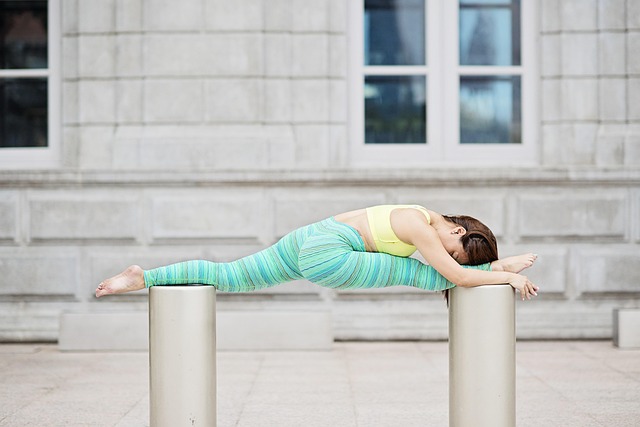Mastering Mobility: Essential Maintenance Practices for Fitness and Health
In the quest for optimal fitness and health, mobility often takes a backseat to strength training and cardio workouts. Yet, mastering mobility is an essential component that can enhance your overall performance, prevent injuries, and ensure longevity in your physical activities. Integrating effective maintenance practices into your routine is key to achieving this balance.
The Importance of Mobility
Mobility involves the ability to move freely and easily, which is vital for performing daily activities as well as excelling in sports and fitness. Poor mobility can lead to decreased performance, tight muscles, and chronic pain. Therefore, understanding and prioritizing mobility maintenance is crucial for anyone looking to enhance their fitness regimen.
Regular Stretching
Incorporating regular stretching into your daily routine encourages flexibility and promotes muscle recovery. Dynamic stretches before workouts prepare your body for action, while static stretches after workouts help alleviate tension and promote relaxation. Consider dedicating at least 10-15 minutes every day to stretch major muscle groups, focusing on areas prone to tightness, such as hips, hamstrings, and shoulders.
Foam Rolling
Foam rolling is another fantastic maintenance practice that can work wonders for your mobility. Utilizing a foam roller can help break up muscle knots, increase blood flow, and improve your range of motion. Make it a habit to roll out sore areas at the end of your workouts or on rest days to maintain your muscles and prevent tightness.
Strength Training for Mobility
While mobility work is essential, don’t overlook the importance of strength training in maintaining and improving your range of motion. Engaging in weight training not only builds muscle but also strengthens the connective tissues surrounding your joints, enhancing overall stability. Focus on compound movements like squats, deadlifts, and overhead presses, but ensure to incorporate mobility-focused exercises such as lunges and kettlebell swings to promote joint flexibility.
Active Recovery
On days when you’re not hitting the gym, consider incorporating active recovery into your routine. Activities like walking, swimming, or cycling at a leisurely pace can help maintain mobility without putting too much strain on your body. These low-intensity workouts increase blood flow and allow your muscles to recover while keeping you engaged in physical activity.
Mind-Body Connection
Mental awareness of your body’s limits is a crucial aspect of mobility maintenance. Practices like yoga or tai chi emphasize the connection between mind and body, enabling you to develop a sense of awareness about your movement patterns. Regularly practicing mindfulness in motion can help you identify areas of tension or imbalance, allowing for more targeted mobility work.
Listen to Your Body
One of the most effective maintenance practices for mobility is simply listening to your body. Pay attention to discomfort, stiffness, or pain signals, and adjust your training accordingly. It’s essential to understand that mobility work is not a one-size-fits-all solution. Tailoring your approach based on your specific needs can yield better results and enhance your overall fitness journey.
Embracing these maintenance practices not only cultivates physical well-being but also fosters a proactive mindset towards your fitness goals. By prioritizing mobility, you empower yourself to move with ease, enhancing your training experience and paving the way for a healthier, more active life.




